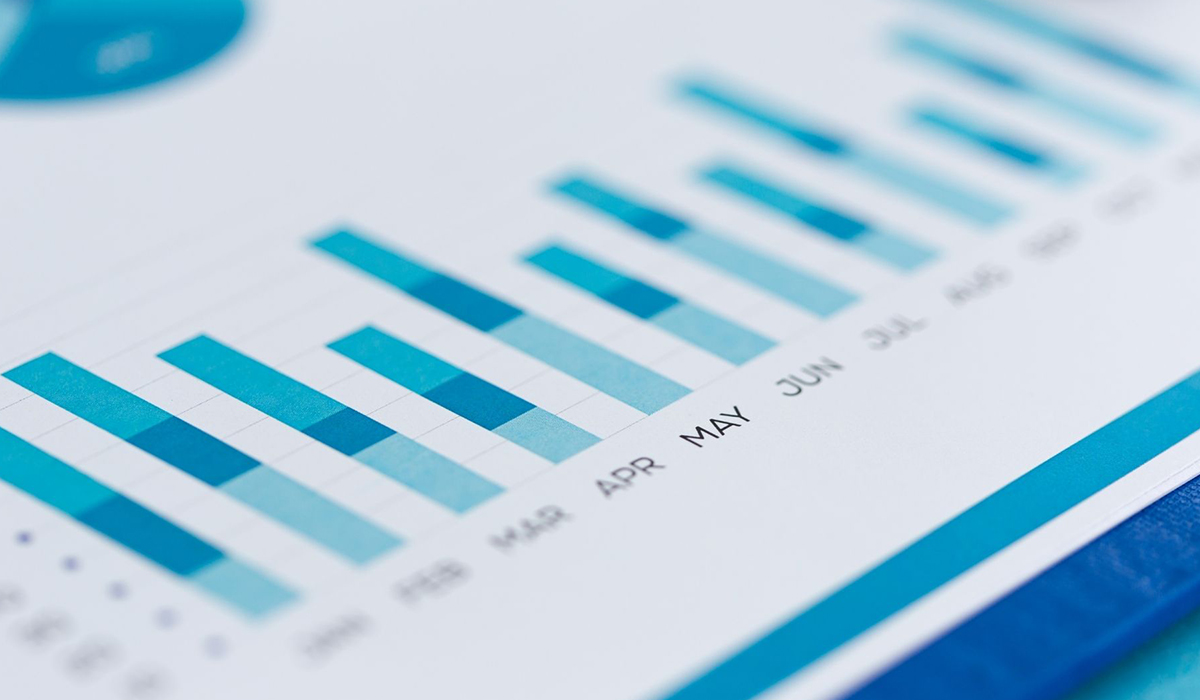We spoke with Lin Jacobsen Hammer, Sustainability Manager at DNV GL, market leader in verification of sustainability data. She explains what the austerity measures mean.
The requirements for sustainability reporting will be stricter in 2021, what does this mean?
The EU is currently working on the Green Deal (an important part of the European Commission's strategy to implement the UN's 17 sustainability goals). The Green Deal entails a taxonomy (a classification system with criteria for determining whether an activity can be considered sustainable) for 6 different industrial areas. In the taxonomy there will be a number of requirements for, among other things, circularity.
Companies will have to look at their activities, and assess whether they meet the requirements that come from the EU. The companies will then report on how they are working towards those requirements. So from 2021, one must start reporting on the activities that can be considered sustainable (ie according to the taxonomy). It will be stricter for companies than it is today.
Are there any established methods for sustainability reporting in Europe now, which can be used next year?
There are approx. 290 standards for sustainability reporting today. They cover different areas: Some addresses environment, some the social aspect, and others the financial aspect.
Which standards are being used, vary. With climate accounting, one can, for example, follow ISO-14064, or the GHG Protocol. The most well-known sustainability standard is the GRI (Global Reporting Initiative). Many companies use this - Though more as guidance, rather than a template.
The EU is now working on a new standard for reporting sustainability, it intends to merge the 290 standards into 1.
"The EU is now working on a new standard for reporting sustainability, it intends to merge the 290 standards into 1."
290 standards - Do any of them address reporting on circular economy?
I don't know if there are any separate templates or standards for reporting circular economy, but reporting on circular economy usually comes down to documenting:
- Where does the product come from?
- What type of raw material is used?
- What types of emissions (and how much) are associated with the product?
In addition, there is the question "Who should make reports on the different emissions?" This isn't always easy to agree upon. In other words; how much do you include in your climate accounts?
Is the buyer of a product equally responsible for the emissions, as the manufacturer? Who "owns" the shipping emissions, if the product is to be transported? Should you include all the previous emissions of the product, or do you start calculating from when it enters your project?
There are many answers to this, you have to look at each case individually.
DNV GL offers several courses in sustainability reporting, can you tell us a bit about them?
Yes, some of our courses covers (among other things):
- How to set up a climate account
- How to set up a sustainability report according to the GRI framework
- How to develop and implement a Sustainability- or Climate and environmental Strategy in your organization (including reporting)
All courses emphasize that you have to decide early on how you want to report. Preferably when studying which factors will affect how to define one's strategy.
This decision is often influenced by the stakeholders, and their demands for the company. The State often demands one thing, the board something else, and then comes the owner, the customers and the neighbor… Stakeholders often also have different thoughts on how the reporting should be communicated.
"It can be difficult to know how much impact a product has on the environment. Loopfront offers a solution that combines emission figures with the financial gain of buying used, making it easier to choose used products."
Loopfront collects data on material resources in organizations. What value can such data bring into sustainability reporting?
I think it has a very great value. In the choice between new or used, you have the specific numbers and figures to help you make a qualified decision. You know how much you are saving, both in emissions and economy.
It can be difficult to know how much impact a product has on the environment. One could spend a lot of time and resources figuring it out. Loopfront offers a solution that combines emission figures with the financial gain of buying used, making it easier to choose used products.

Lin Jacobsen Hammer | Lin.Jacobsen.Hammer@dnvgl.com | Mobile: +47 916 24 674




